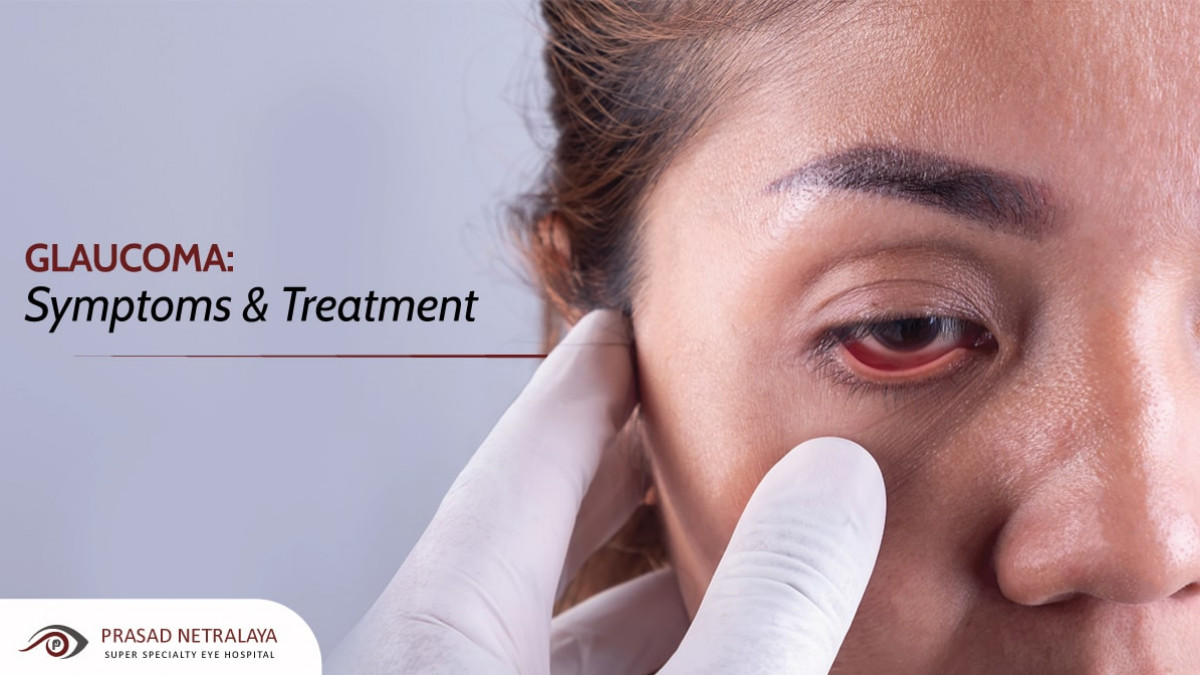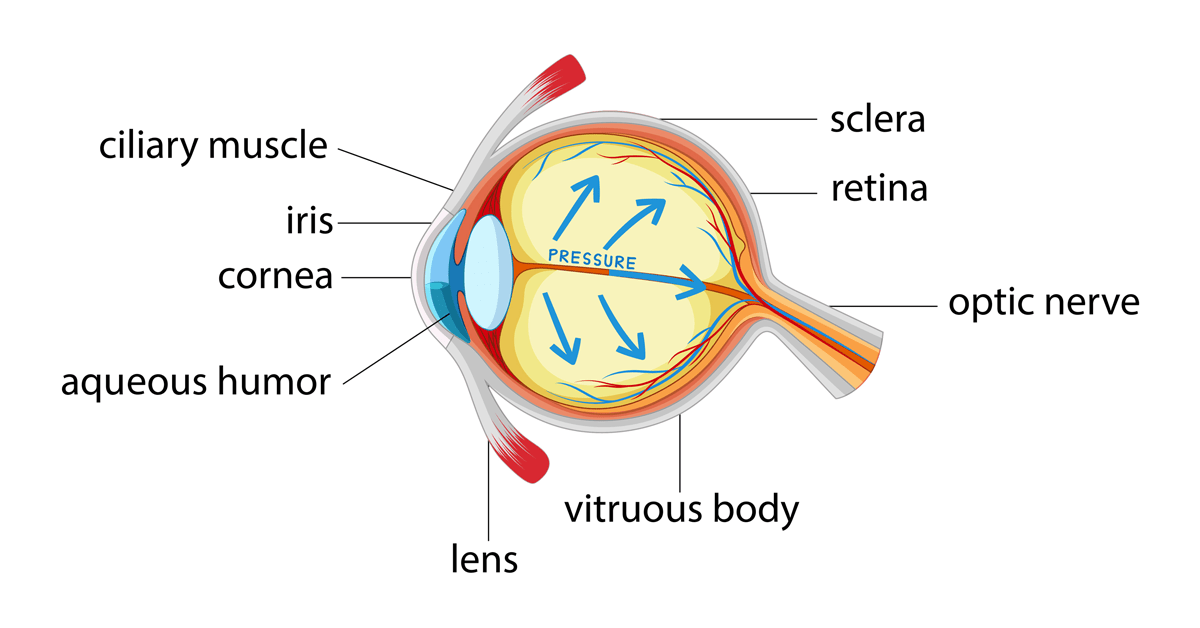Trusted Eyecare Near Me: Your Overview to Maintaining Healthy And Balanced Vision
Trusted Eyecare Near Me: Your Overview to Maintaining Healthy And Balanced Vision
Blog Article
Understanding the Various Vision Improvement Procedures Available for Clearer Sight
In the world of vision adjustment treatments, a multitude of choices exist to resolve refractive errors and offer people with clearer sight. From the extensively acknowledged LASIK surgery to much less intrusive procedures like PRK and implantable lenses, the area of ophthalmology supplies an array of techniques tailored to suit different needs and preferences. Each treatment comes with its own set of considerations, benefits, and prospective dangers. Recognizing the subtleties of these vision improvement methods is important for making notified choices regarding one's aesthetic health and wellness. Allow's check out the details of these treatments and clarified the path to achieving enhanced vision clarity.
LASIK Surgery
LASIK surgical procedure is a typical refractive treatment used to deal with vision issues such as farsightedness, nearsightedness, and astigmatism - eyecare near me. This surgical technique, which represents Laser-Assisted in Situ Keratomileusis, aims to reshape the cornea to boost just how light is concentrated on the retina, inevitably improving vision quality. Throughout the procedure, a thin flap is created on the cornea, and a laser is used to get rid of exact quantities of tissue to improve it suitably. This reshaping permits light to be properly focused onto the retina, dealing with refractive errors.
Among the primary benefits of LASIK surgical procedure is the fast improvement in vision experienced by individuals. Numerous individuals observe a significant enhancement in their vision instantly after the treatment. In addition, many patients report minimal pain and discomfort during the surgical procedure and recuperation period. The healing time for LASIK is relatively quick, with numerous individuals returning to their day-to-day tasks within a day or two post-operation. Generally, LASIK surgical procedure is a popular choice for individuals seeking a long-lasting solution for their vision issues.
PRK Procedure
While additionally a typical refractive treatment, the PRK (Photorefractive Keratectomy) technique varies from LASIK surgical procedure in its strategy to dealing with vision problems. In PRK, as opposed to producing a flap on the cornea, the outer layer of the cornea, called the epithelium, is completely eliminated. This enables the laser to improve the cornea to remedy refractive errors such as astigmatism, nearsightedness, and farsightedness straight externally.

Despite the longer healing time, PRK can produce superb results in vision improvement, making it a beneficial alternative for those who may not appropriate prospects for LASIK surgical procedure.
Implantable Lenses
In contrast to PRK where the cornea is reshaped directly, implantable lenses provide an additional approach for dealing with vision by inserting synthetic lenses inside the eye. This procedure is especially advantageous for individuals with high levels of farsightedness, astigmatism, or nearsightedness that might not be appropriate candidates for laser surgical treatments like LASIK or PRK.
Implantable lenses, likewise known as phakic intraocular lenses, work by supplementing the eye's all-natural lens with a synthetic one. eyecare near me. These lenses can be positioned before the natural lens (anterior chamber) or behind the iris and in front of the all-natural lens (posterior chamber) By readjusting the power and positioning of these lenses, eye doctors can efficiently fix refractive mistakes and improve visual skill
One benefit of implantable lenses is that they are exchangeable and detachable, offering flexibility for future adjustments. As with any kind of medical procedure, there are dangers involved, such as infection or cataract development. Individuals taking into consideration implantable lenses must seek advice from with an eye care expert to figure out the most ideal choice based on their specific requirements and eye health.
Corneal Rings
Corneal rings, also recognized as intracorneal ring segments, are small, transparent gadgets inserted right into the cornea to correct vision distortions such as keratoconus. Keratoconus is a condition where the cornea thins and bulges external, triggering vision to become altered. The insertion of corneal rings aids to flatten the cornea, boosting aesthetic acuity and decreasing the irregular astigmatism triggered by keratoconus.
The treatment for placing corneal rings is minimally invasive and reasonably fast, frequently done as an outpatient read here treatment. Throughout the surgical treatment, the ophthalmologist makes a small laceration in the cornea and inserts the rings at a certain deepness. Once in location, the rings aid to improve the cornea, offering a smoother surface area for light to enter the eye, which can result in clearer vision.
Corneal rings are taken into consideration a relatively easy to fix procedure, as they can be eliminated or changed if necessary. refractive surgeries in al. While they may not entirely remove the need for glasses or get in touch with lenses, corneal rings can considerably boost vision high quality and total aesthetic comfort for people with keratoconus or various other corneal irregularities
Refractive Lens Exchange
Complying with the modification of corneal abnormalities with procedures like corneal rings, another vision improvement technique that can deal with refractive errors is Refractive Lens Exchange (RLE) RLE is a surgical procedure that includes replacing the eye's natural lens with a man-made intraocular lens (IOL) to remedy refractive errors such as farsightedness, presbyopia, and nearsightedness. This treatment is especially useful for people that might not be suitable candidates for procedures like LASIK or PRK due to aspects such as thin corneas or high refractive errors.

Final Thought
In conclusion, there are various vision adjustment procedures offered to help individuals accomplish clearer sight. LASIK surgical procedure, PRK procedure, implantable lenses, corneal rings, and refractive lens click over here exchange are all options that can deal with different vision concerns.
In the realm of vision modification treatments, a wide variety of options exist to attend to refractive errors and offer individuals with clearer sight.LASIK surgical procedure is an usual refractive treatment used to remedy vision problems such as nearsightedness, astigmatism, and farsightedness.While also an usual refractive procedure, the PRK (Photorefractive Keratectomy) technique varies from LASIK surgical treatment in its method to correcting vision troubles.Complying with the improvement of corneal abnormalities with treatments like corneal rings, another vision improvement method that can deal with refractive mistakes is Refractive Lens Exchange (RLE) LASIK surgical treatment, PRK procedure, implantable lenses, corneal rings, and refractive lens exchange are all options that check that can address various vision problems.
Report this page